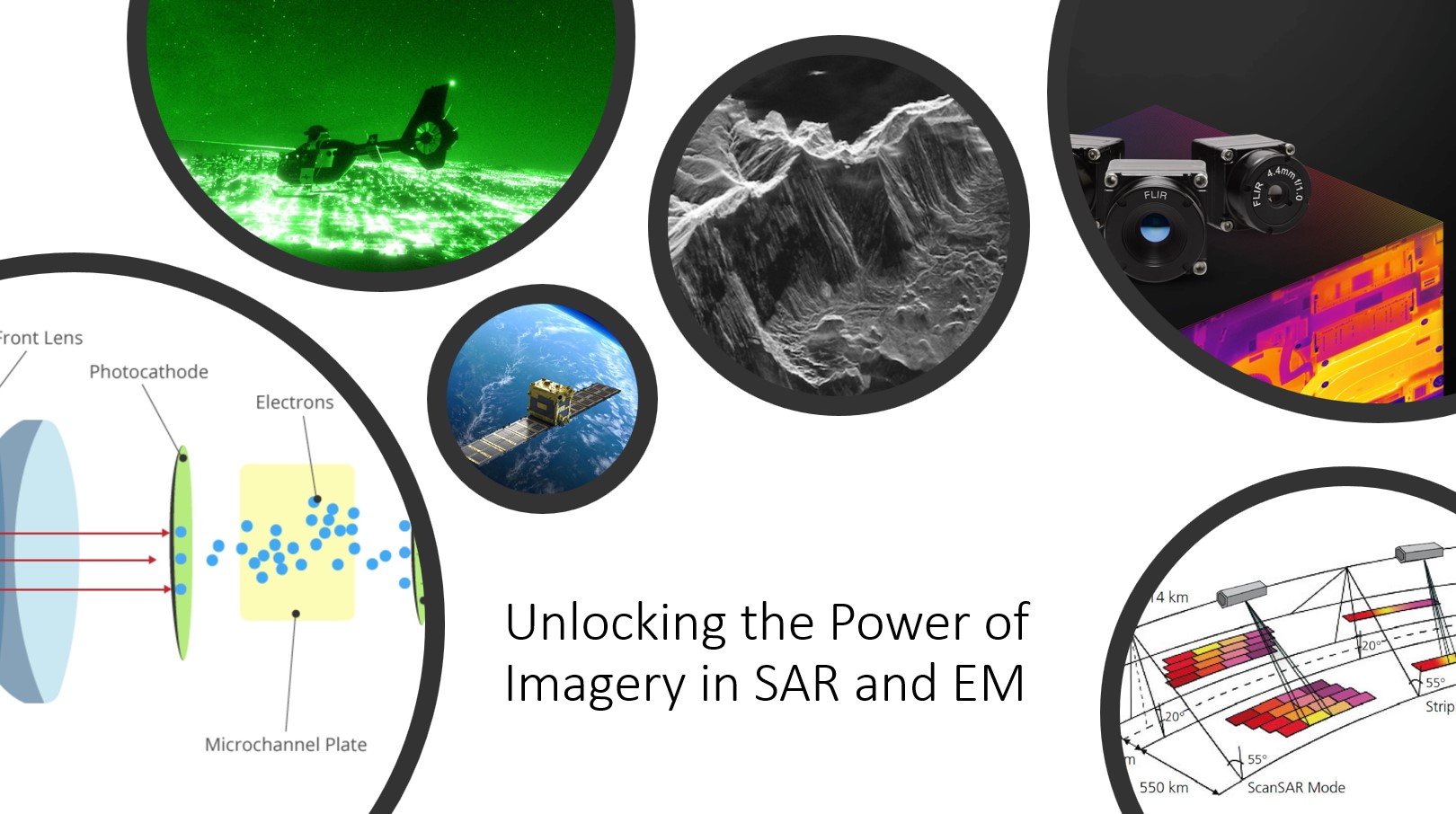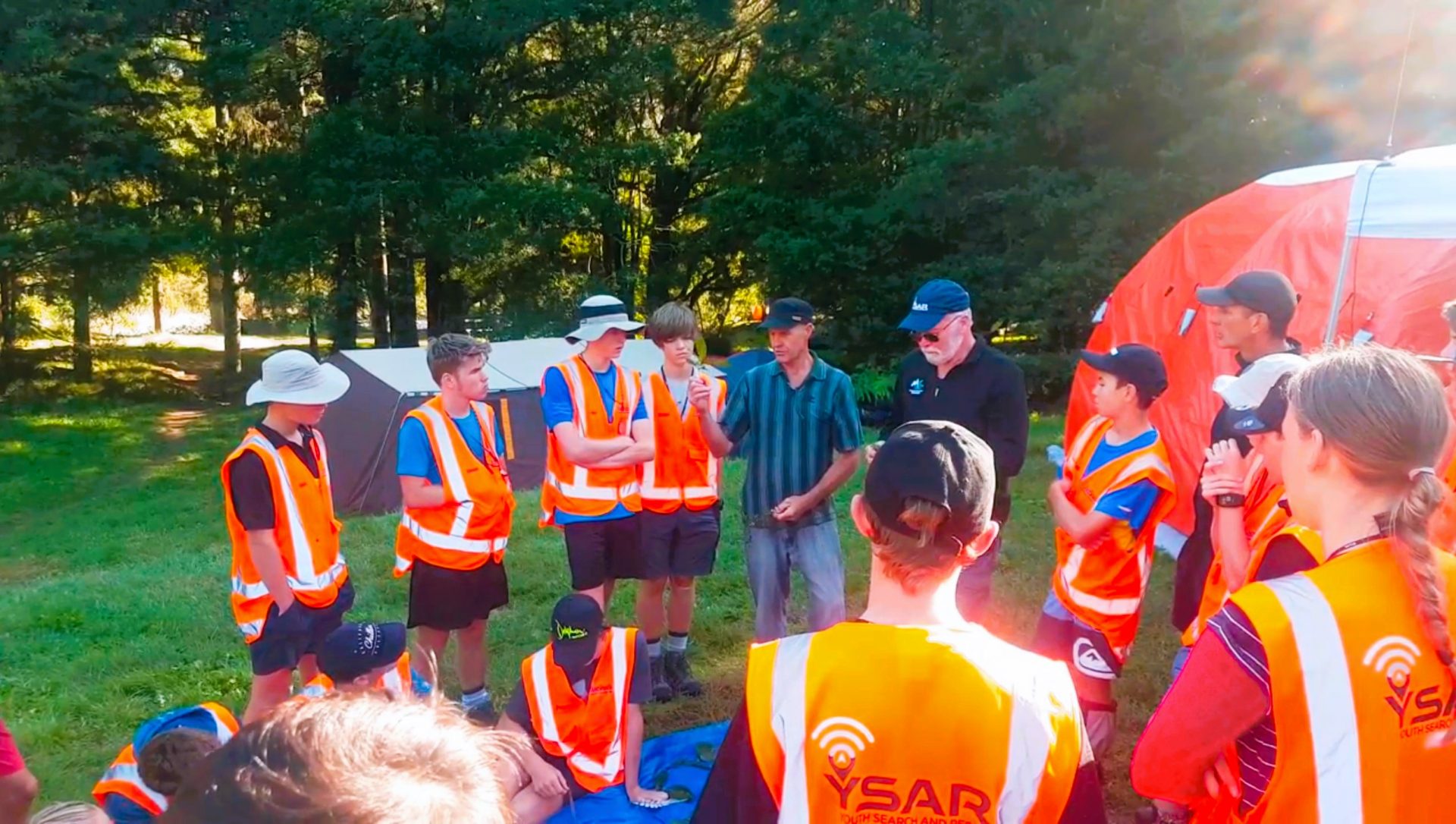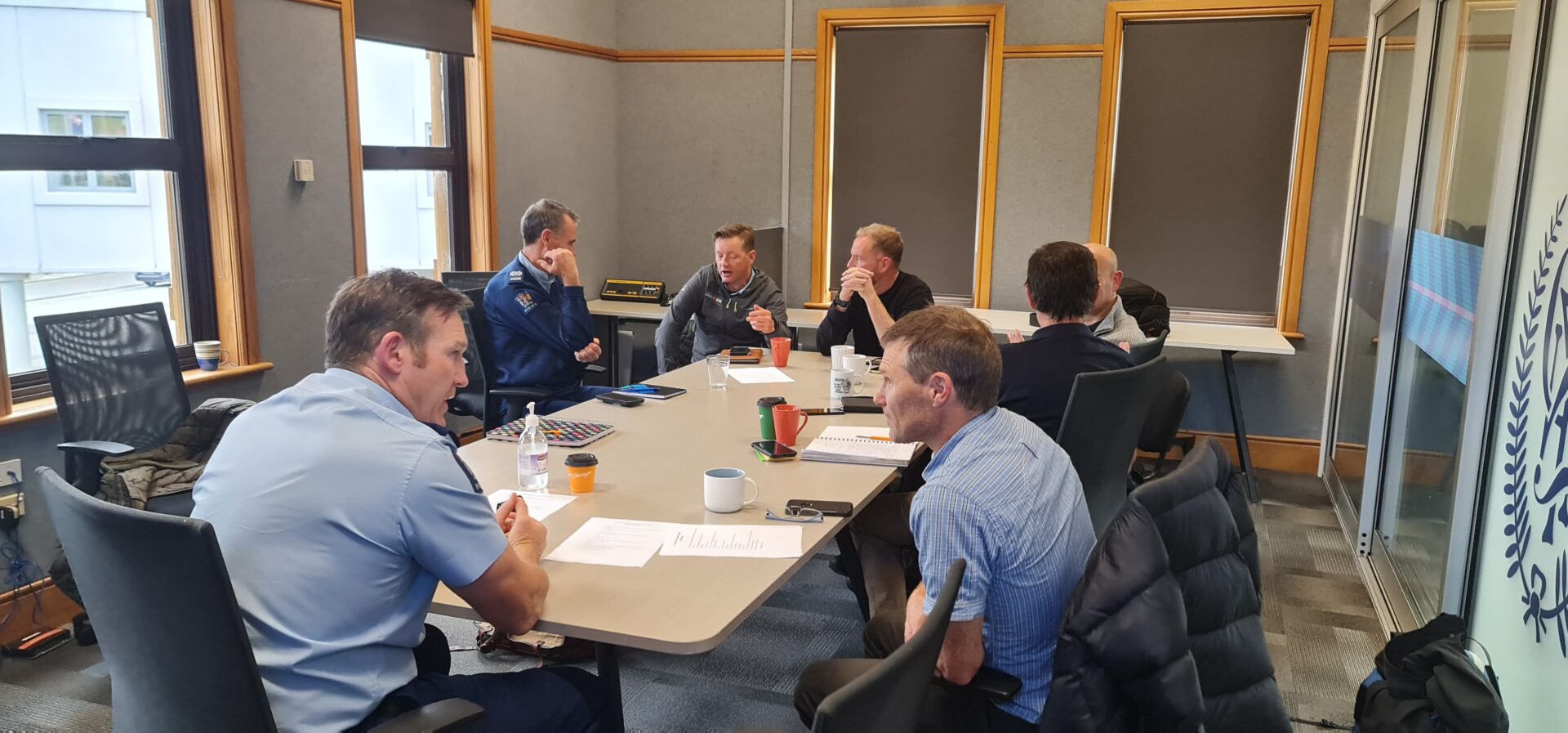Enhancing Safety: VHF Radio Repeater Installation Revolutionizes Emergency Response in the Kaimai Mamaku Area

Community Project Installs VHF Radio Repeater Waikato and Bay of Plenty, 18th August 2023 In an inspiring display of community collaboration and dedication, Youth Search and Rescue (YSAR) has successfully […]
Enhanced Imaging Technologies: FLIR, Night Vision, LiDAR, and Synthetic Aperture Radar in Emergency Response

Foreword In the realm of search and rescue and emergency response operations, the utilization of advanced imagery technologies has become increasingly crucial for enhancing operational effectiveness and efficiency. In this […]
Enhancing Search and Rescue with UAVs: Emergency Response Capability

In recent years, the utilization of Unmanned Aerial Vehicles (UAVs), commonly known as drones, in search and rescue (SAR) and emergency management has emerged as a game-changer. The combination of […]
How to Save a Life – New Zealand Geographic profile YSAR, training the next generation

New Zealand Geographic May/June issue profile Youth Search and Rescue (YSAR Trust), through a student lens of what its like to train to become the next generation of Search and Rescue and Emergency Management responders.
Institutional Knowledge Transfer From One Generation to the Next

YSAR core objective is to train young people to become active community volunteers in the Search and Rescue and Civil Defence Emergency Management sectors. Our key focus in YSAR is the […]
Celebrating Volunteers in Search and Rescue and Emergency Management

As we reach the end of this week celebrating volunteers, I’d like to say thank you to the Search and Rescue and Emergency Management volunteers who tirelessly turn up for […]
YSAR accompany Police on National Roadshow

YSAR prepares to scale across NZ – Tools for learning

Organizational Resilience, Growth and Diversity are key focuses for YSAR – Youth Search and Rescue development strategy. A component of our plan to scale across New Zealand is a significant […]
YSAR Students Learn Tracking Skills to Find the Lost and Injured

YSAR Weekend Exercise training – LandSAR Tracking Course Youth Search and Rescue (YSAR) is a long-term strategy to address succession, diversity, and innovation across agencies in the SAR and EM […]
YSAR COVID-19 update, Monday 18th May 2020

Transition from Covid-19 Level 3 to Level 2 It has certainly been an unusual couple of months responding to the Covid-19 virus. Well done making it this far. Some of […]
